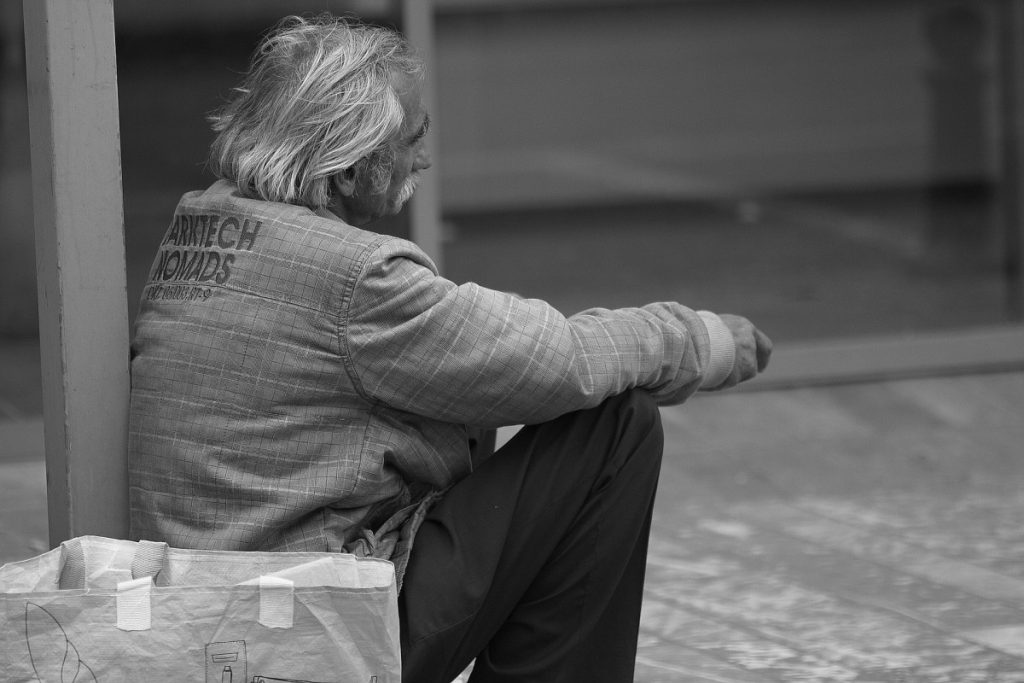Fear and the Role of Environment
Fear (of crime) is a reflection of what one sees and perceives with one’s senses in settings and environments one spends time. Safeplaces network is particularly interested in devoting time to understand mechanisms linking crime and visible deterioration of a place to fear. We know that signs that ‘nobody is in control’ – abandoned buildings, litter, vandalism, and loitering – are thought to trigger fear of crime and are indicators of more serious crimes.
Equally, fear can also be a function of an individual’s emotional reactions to a place and memories and associations that a place brings to the surface. Recent studies show that fear may also result from the overall sense of change that a place is undergoing. New incomers may fear as they lack knowledge and familiarity of the area. Research has shown that differences between residents and incomers can be maximized by both groups, giving expression to us-them feelings (othering), initiated by fear of unknown. The truth is that fear goes beyond the conditions of buildings and streets. Fear is sometimes regarded as a reflection of the state of the community, the meaning attached to an environment and people living there at a particular time.


